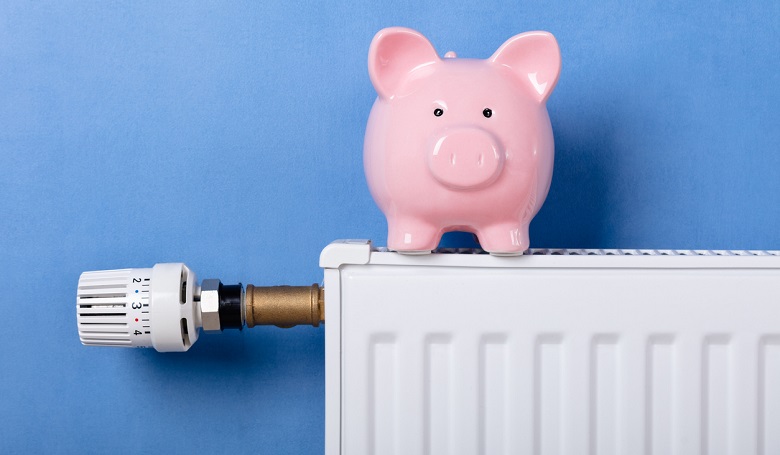
Is this winter putting a hurt on your heating bill? The chill could be blowing a hole in your heating budget, for the colder it gets, the costlier it is to heat your home. The good news is that you can lessen the financial impact of cold weather by making a number of relatively simple changes.
Believe it or not, Friday, January 10, is National Cut Your Energy Costs Day. In the heated holiday spirit, here are some small suggestions that can result in big savings:
- Turn Down Your Thermostat – The simplest thing you can do, if you can tolerate a lower temperature.
- Install Smart Thermostats – Thermostat technology has improved significantly. Many new models are programmable and easy to install. You can set a program to turn the temperature down when you’re at work and turn it up for your return. There’s no point in heating a house when no one’s home, as long as the pipes aren’t at risk of freezing. Some thermostat models can be controlled via computer or smartphone, and even “learn” your habits and adjust to them automatically.
- Add a Layer of Clothing – This relates to turning down the thermostat. You don’t want to wear a parka in the house but wearing a sweater indoors in the winter is reasonable… and a lot less expensive!
- Use Sunlight – Open your curtains during the day anywhere sunlight is available and close them at night to provide a little extra insulation barrier.
- Furnace Maintenance – Make sure your filters are changed regularly. Not only is this better for the furnace and your wallet, it will help keep the air cleaner.
- Sealing Cracks – The collective small cracks and misalignments along your windows and doors can add up to massive heat loss. If you can feel any sort of draft, you should plug the gap. Use weatherstripping, caulk, gasketing or similar insulating material to plug the leaks, depending on whatever is appropriate for the location.
- Crawl Space – If you have a crawl space under your house, make sure the vents to the outside are closed. They rarely seal completely, so blocking them with another layer (plastic sheeting or more solid material) is advisable.
- Vent Fans – Vent fans are necessary for bathrooms and kitchen areas, but make sure they are not left running. Simple timers can be used to shut off continuous bathroom vents.
- Maximize Airflow – Keep furniture and obstacles away from vents to keep the flow of warm air efficient. If you have a ceiling fan, use it in reverse to keep warm air from rising and stagnating near the ceiling.
- Close the Fireplace Damper – If you have a fireplace, make sure the damper is closed when you aren’t using it (and open when you are!).
- Water Heater – Consider turning your water heater temperature down, and make sure it and the surrounding pipes are insulated.
- Check Ductwork – If one vent is not producing enough air relative to others, that may be a sign of a leak. Check your ductwork in the attic or crawl space and make sure there are no cracks or slightly disconnected pipes. Seal any cracks with metal-backed duct tape (do not use standard duct tape). Consider insulating the ductwork as well.
Beware — in extremely cold environments, if you have insulated the ductwork, make sure the pipes are also insulated. Heat normally lost into the crawl space from the ducts may have been keeping your pipes from freezing. - Winterize Windows – A layer of clear insulating plastic film can help to decrease heat loss through windows while allowing sunlight to come through.
- Energy Audits – Check with your local utility company or state agencies; they sometimes offer free energy audits with conservation advice.
The individual changes may seem trivial, but you’ll be amazed at the cumulative effect on your heating costs. After you see the changes, feel free to do your Saving Money Happy Dance which will warm you up even further — but close your blinds first.